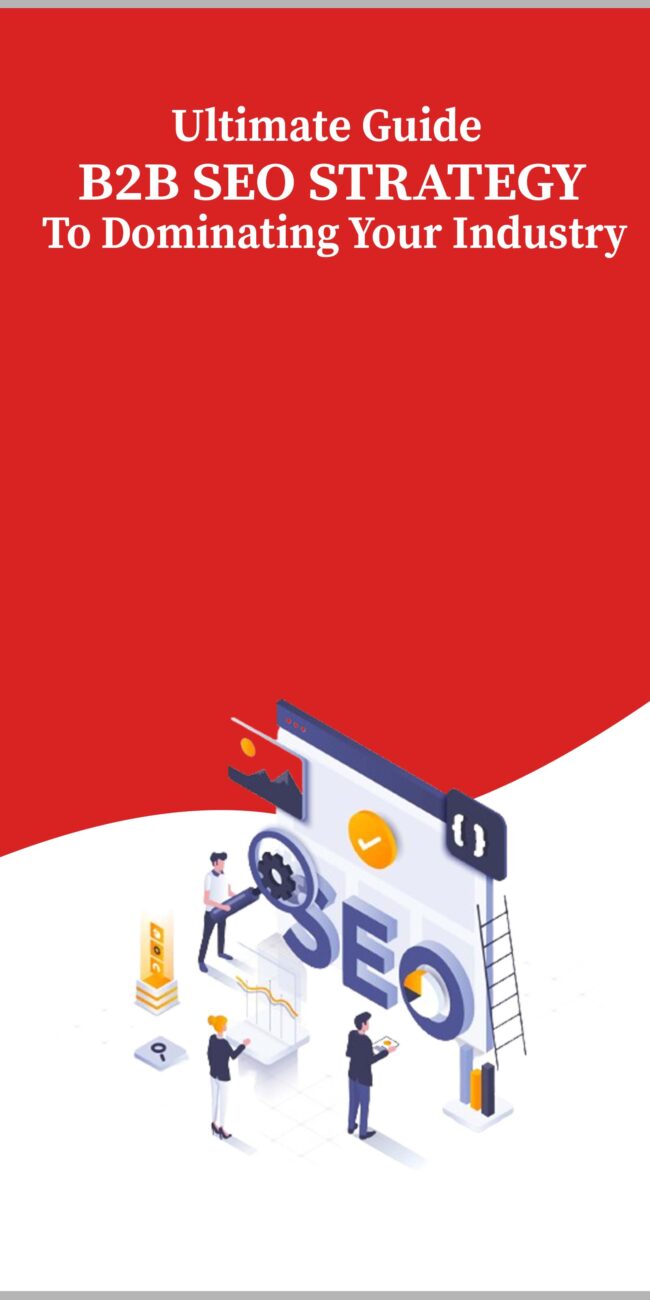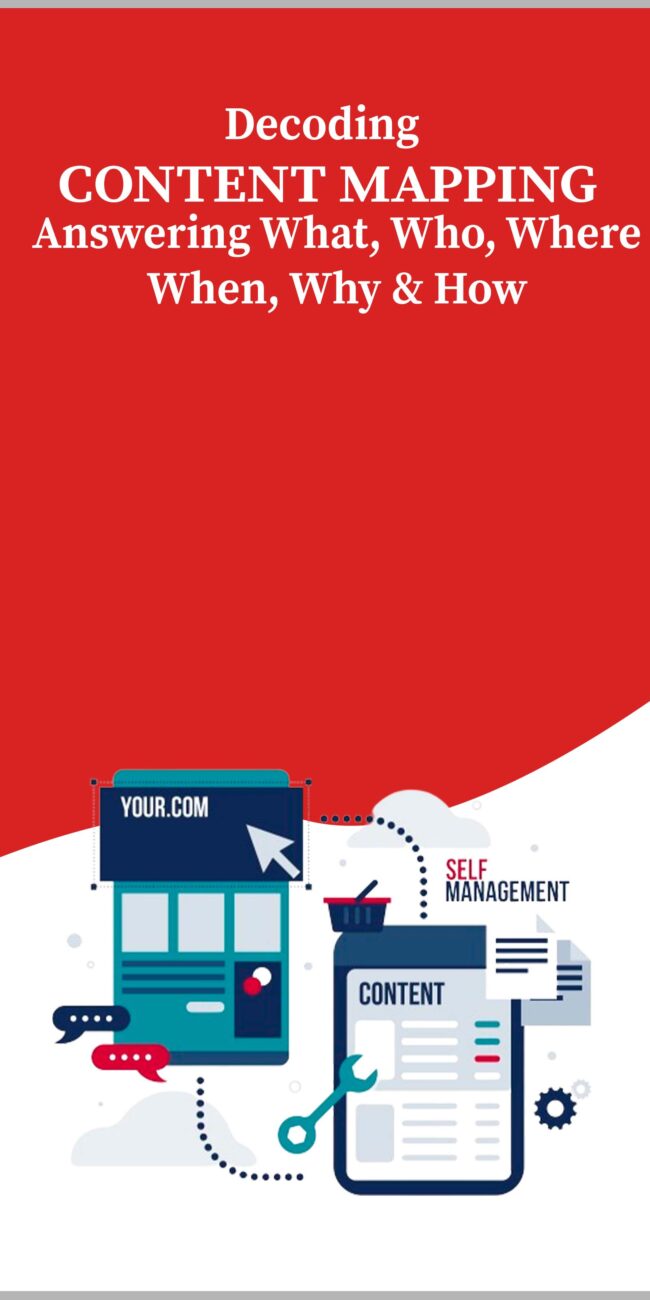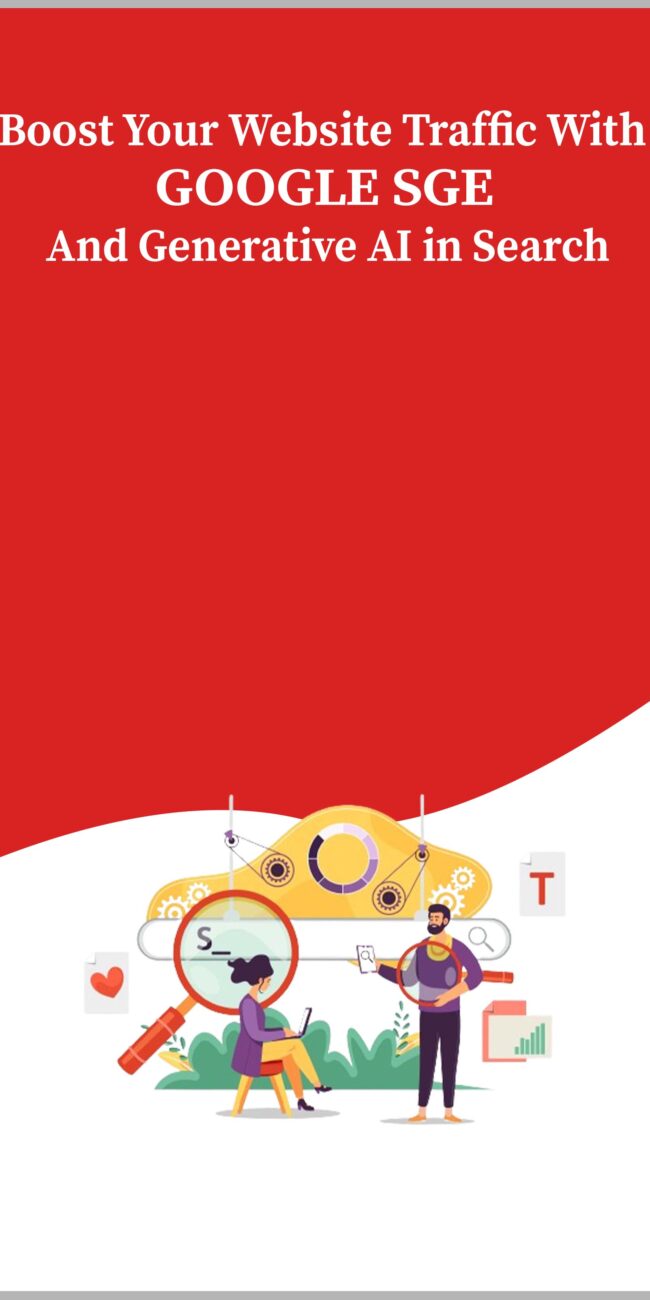
In today’s digital world, User Experience Optimization (UX) and Search Engine Optimization (SEO) are interlinked with each other. User Intent (UI) also plays a crucial role in it. In this article, we will comprehensively guide about the significance of UI and will ponder upon why User Intent matters. It will also discuss why UX design matters. Additionally, we will look into the interrelation between UI, SEO, and UX and will discuss the role of UI in balancing SEO and UX.
The main objective of SEO is to upgrade the rank of a website in search engine results. Every business in the digital marketing landscape requires the strategies of SEO and UX. Keywords are very significant in SEO. They allow users to achieve their goals while searching for anything. However, the objective of any user extends beyond the selection of appropriate kind of keywords. In this scenario, it is pertinent to know about the exact techniques and strategies to read the users’ minds in order to develop the content that actually resonates with them. When conducting searches on the search engines, different people have different goals. And while executing this process, their interests shift a lot.

For instance, a person at first searches for any piece of information. During the research, their focus can shift towards buying any product related to that information or enrolling themselves in any training or course based on that information. Hence, SEO-optimized websites take care of the User Intent (UI) so that their businesses thrive and people get to know more about their firms while exploring their search goals and objectives. SEO is focused on raising the visibility of a website in SERPs (Search Engine Results Pages). However, user experience optimization design works to maximize efficiency and pleasure and makes responsive web design.
Understanding the User Intent
User Intent is defined as the reason, goal, or objective behind conducting any Google search by a person. There could be many reasons behind the search, such as intent to make a financial transaction, attain knowledge or information about a certain subject matter, or get to know about the contact details of any business or person. There could be numerous other reasons as well. Now, for a successful content marketing plan, it is necessary that whenever you write the content or develop a product and make it live on Google, there must be a solid strategy behind it. You cannot execute your content marketing without keeping in mind the intents of users or target audience. Hence, this scenario demands that you give proper thought while developing the content and think about how other people will perceive and think about the content. Keep in mind that develop content that fulfills the needs of other people.
Significantly, you must know about or search about which keywords or terms are used by users in order to know about something on Google. Mainly, the intent of users can easily be gauged by the keywords they enter. For this, you are supposed to search about the keywords and their rankings. You need to examine the search results of the specific keywords and figure out which specific keywords are utilized by the content that appeared in the top results.
SEO and User Intent
Although Google is more focused on semantic search, it is pertinent to adopt the strategies in order to deduce and comprehend the search patterns of users. It makes a big difference in your search results ranking if your content is tailored according to the needs of the users. It must exhibit its desired search results when it puts any query in Google search. To reach there, content writers, SEO experts, and marketers must know about the intent behind any search. When it is about user intent, there is much more than the increased traffic. If you desire that more people read your content, utilize your services, or buy your products. You require the proper terms or keywords that align user intents when they search about them, as the objective is to develop a committed group of people who look forward to your content, services, or products. Here, it would help if you braced yourself up as it is a little difficult to achieve.
In order to get your content on one of the top search results on search engines, you must go for relevant and informative content. Relevance is directly proportional to the user intent or what users are looking for. Pages that are designed according to the intent have more chances to convert into qualified search results, and hence, they improve their search engine rankings. It also depends on what type of content the person is looking for. For instance, if your sales page or the service page is perfectly tailored according to the user intent, it can be ignored if the users are looking for informative or knowledgeable content. The page can bounce off and will not convert. Apply the technique of improving CTR and lowering the Bounce rate through perfecting your user intent. In this way, you can get more optimistic results.
UI and UX
Although Google is more focused on semantic search, it is pertinent to adopt the strategies in order to deduce and comprehend the search patterns of users. It makes a big difference in your search results ranking if your content is tailored according to the needs of the users. It must exhibit its desired search results when it puts any query in Google search. To reach there, the content writers, SEO experts, and marketers must know about the intent behind any search. When it is about user intent, there is much more than the increased traffic. If you desire that more people read your content, utilize your services, or buy your products. You require the proper terms or keywords that align user intents when they search about them, as the objective is to develop a committed group of people who look forward to your content, services, or products. Here, it would help if you braced yourself up as it is a little difficult to achieve.
In order to make a responsive web design and get your content on one of the top search results on search engines, you must go for relevant and informative content. Relevance is directly proportional to the user intent or what users are looking for. Pages that are designed according to the intent have more chances to convert into qualified search results, and hence, they improve their search engine rankings. It also depends on what type of content the person is looking for. For instance, if your sales page or the service page is perfectly tailored according to the user intent, it can be ignored if the users are looking for informative or knowledgeable content. The page can bounce off and will not convert. Apply the technique of improving CTR and lowering the Bounce rate through perfecting your user intent. In this way, you can get more optimistic results.
Balancing SEO and UX
In digital marketing, one must know that SEO and user experience optimization are two different concepts with their unique characteristics and goals. The role of SEO is to improve the websites’ visibility in the SERPS (Search Engine Result Pages). In addition, one can also ponder why UX design matters and how user experience affects SEO. Also, some people might be curious about the difference between SEO and UX. UX’s goal is to promote desirable user behavior when they visit the website. Despite their distinct roles, both end up contributing to the conversion rates. There are examples where the methods of SEO and the best practices of User Experience are at odds with each other. Excessive SEO of any webpage may have an adverse effect on the user experience.
Similarly, when more attention is given to user experience, it negatively impacts the performance of the website in SERPs. Hence, the amalgamation of UX design and SEO is necessary in order to achieve the desired results, as they both possess contrasting characteristics. In this case, there comes the need to achieve harmony between these two factors.
The main objective of a website must be to improve the user experience through clear information for its visitors. Content that is easily accessible and clear provides advantages to the visitors as well as the search engines. To enhance the user experience and SEO, it is significant that one must streamline the links and menus on your website. It facilitates efficient navigation and easy access to the needed information and knowledge. It is also necessary to include the desired text in the headers and the subheadings of every page. These will pave the way to solving the users’ queries and will signal the information on search engines. ItIt This will not only help users but also facilitate the search engines in order to structure your site.
The content must be elaborative, comprehensive, clear, and accessible. In order to improve the readability, there must be short paragraphs of around 100 words and must be presented in the form of bullet points. The readability can also be enhanced through the use of graphics and headers. It will augment readers, retain information, and do the SEO of your website. By integrating the tactics of SEO and UX, you can enhance the readability of your content. In this way, you can sustain user engagement and reduce the bounce rates of your site.
Tools and Resources
In this part of the article, we will explain the powerful tools that will help you build your website. SEMrush is a famous, powerful tool with multiple features, mainly including the capacity to examine search intent. Now, it allows us the ability to analyze intent that can apply filters to keywords. Other tools for UX and UI design include Adobe Illustrator and Adobe Photoshop. These tools will allow you to build user-centric content.
Conclusion
The factors of UX and UI are critical in SEO as the web performance, user satisfaction, and engagement are directly dependent on them. A responsive web design with enhanced user intent is more accessible, readable, and clear. Because of this function, site visitors tend to stick around for longer, giving them more time to read through and interact with the content. As a result, search engines get a signal that the site is valuable and relevant.





